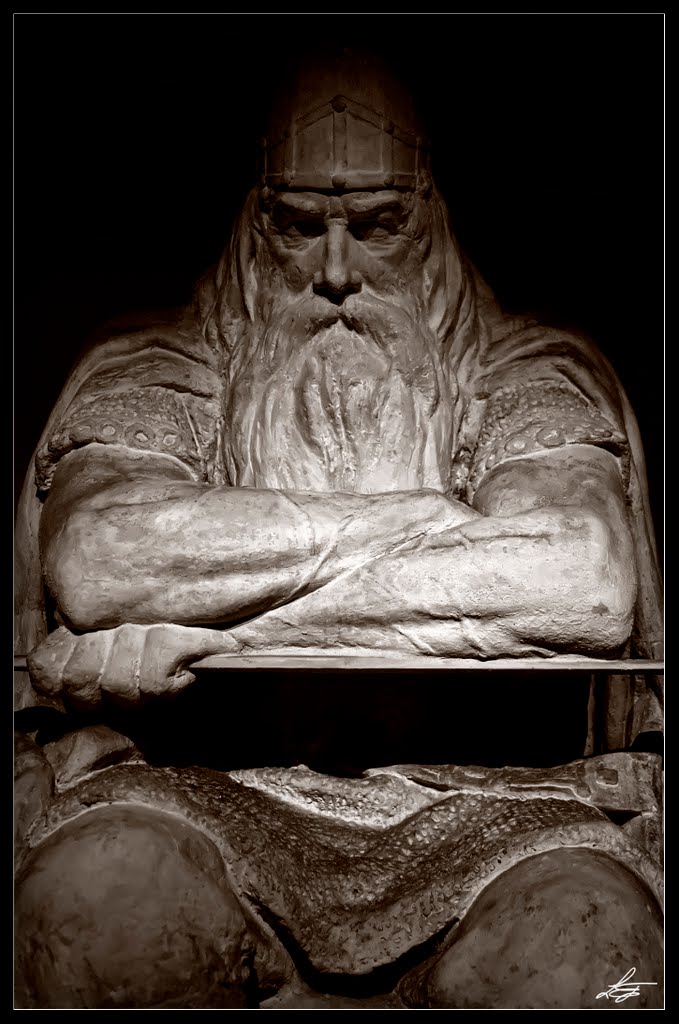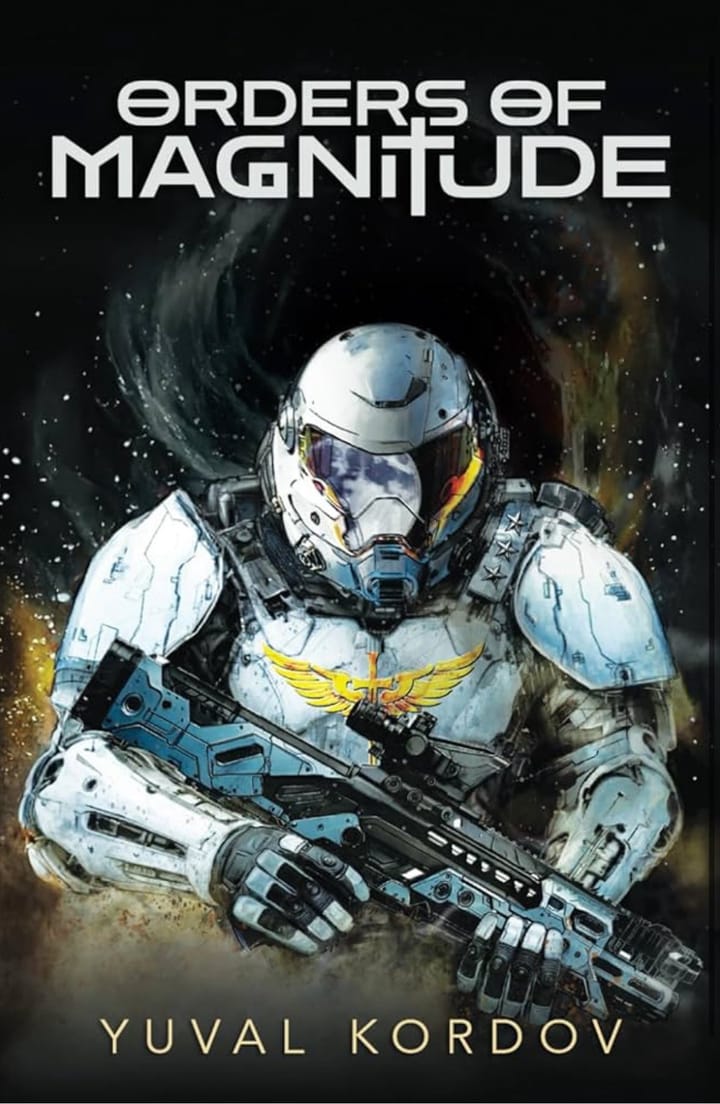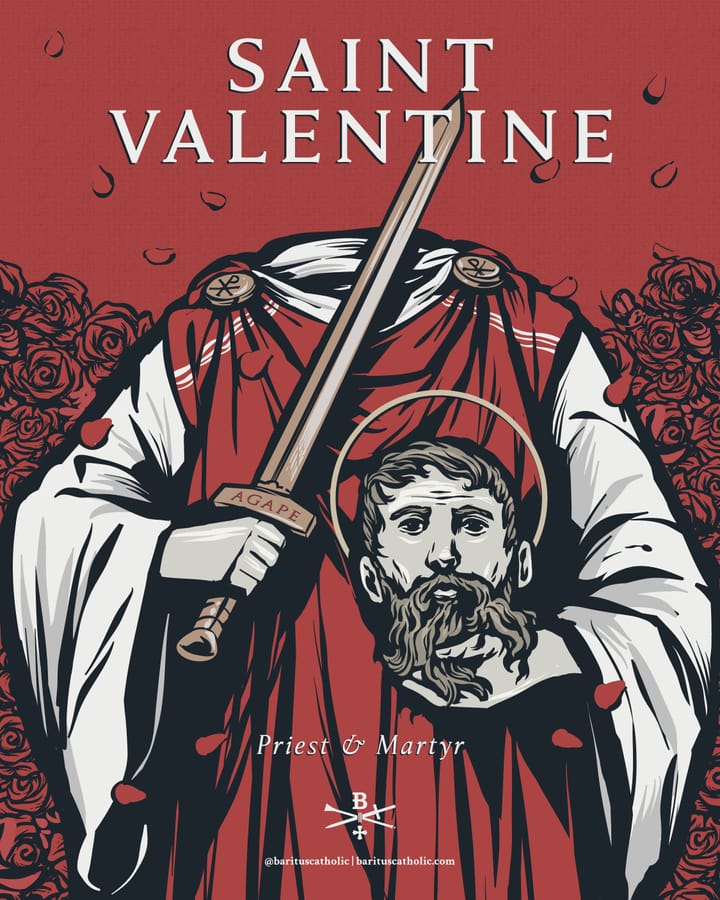The Song of Roland Book Review

Pater Europae
Translation by W. S. Merwin, Notes, Glossary, and Select Bibliography by M. A. Clermont-Ferrand
The Modern Library, 2001
137 pages
ISBN 978-0375757112
The Song of Roland is a classic of Western literature, part of the mythology surrounding Charlemagne and the Holy Roman Empire. Probably composed in this form sometime in the 11th century, the Song of Roland was hugely popular for a very long time, and it informed what it meant to be a Christian knight during the High Middle Ages.
While the Song of Roland contains the fanciful embellishments common to all epic poetry [the superhero movie of medieval Europeans], the core of the story seems to have been transmitted substantially intact: the rearguard of Charlemagne's army, led by Hruodland, captain of the Breton Marches, was ambushed and killed to a man in Roncesvalles Pass in 778. The only things resembling a historical record of this come from a brief passage in a revised edition of the Life of Charles the Great, and a coin bearing the names "Carlus" and "Rodlan".
However, something noteworthy seems to have happened in that mountain pass, given that the story appears to have been already popular by the time it was written down. With the evidence thin on the ground, barring the discovery of any heretofore unknown manuscripts, a heroic folk memory is likely to be all we have.
My own interest in the Song of Roland has been developing slowly for fifteen years. I had heard of the book before then, but it was the game Halo that really sparked my interest. There is a tradition in science fiction and videogames of drawing upon the deep wells of classical literature and mythology. Probably because both are popular art forms that speak to our souls, and anything old enough to truly be classical usually has to also be popular, or to have been popular for a long enough time to survive accidents of history.

Cortana
Roland and the other paladins of Charlemagne carried named swords, weapons of unusual power granted as boons to worthy warriors. These swords, among them Durendal, Joyeuse, and Curtana, all featured in the epics that grew up around the character of Roland. Real swords that still exist are known by these names, usually used as part of the mythology of legitimacy that surrounds kings of ancient lineage. It is at least possible that some of these objects might actually date to the periods in question, although many of them lack the supernatural qualities the epics describe.

Ogier the Dane
The statue that appears in the sidebar of my own website, Ogier the Dane, or Holger Danske, came out this same milieu. It is conceivable that Ogier actually lived in the eighth century, and that he was a servant or vassal of Charlemagne, although it is also possible that he is simply a figment of our collective imagination. In the epics, Ogier carried Curtana, a sword with the tip broken off, to symbolize mercy. Since it is the tip of a European style sword that is truly dangerous, this random bit of chivalric legend has appealed to me for a long time.
The more I learn about the myths and legends like the Song of Roland, the better I like them. Random bits of history, technology, and theology I learn tend to accrete to them in ways that make them more plausible as bits and pieces of real events passed down over many generations. Stories are never just stories.

The Song of Roland Modern Library



Comments ()